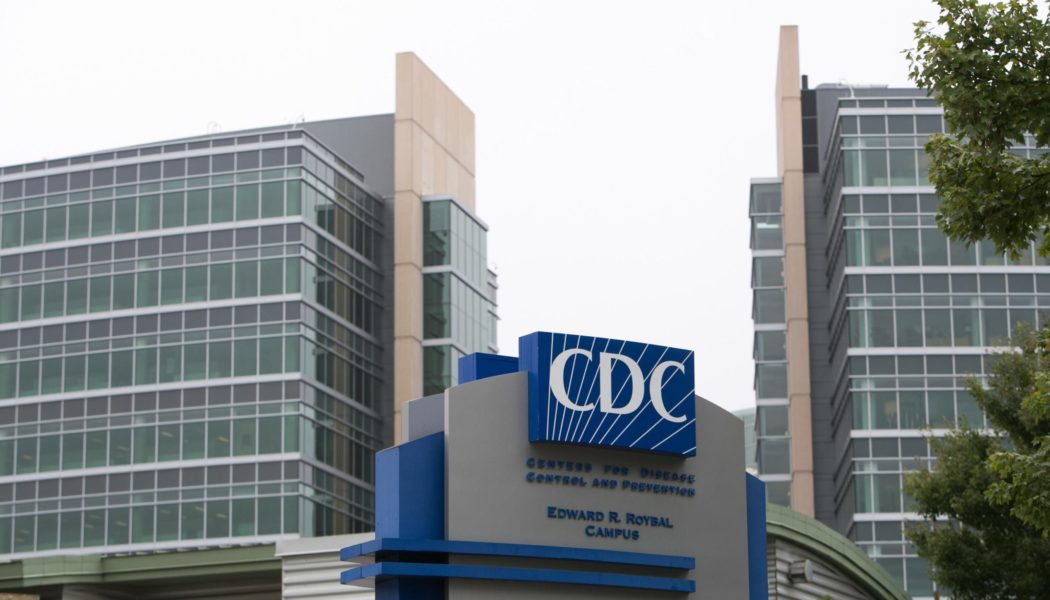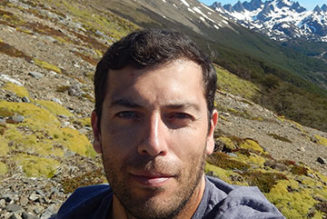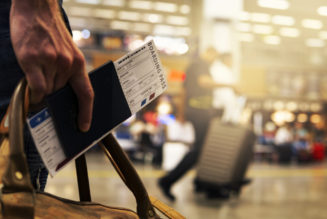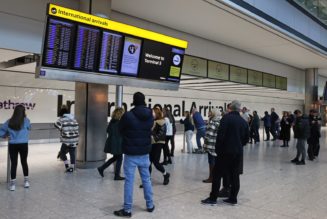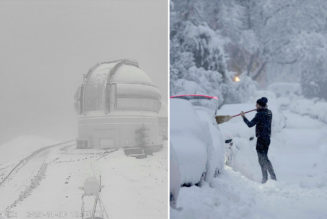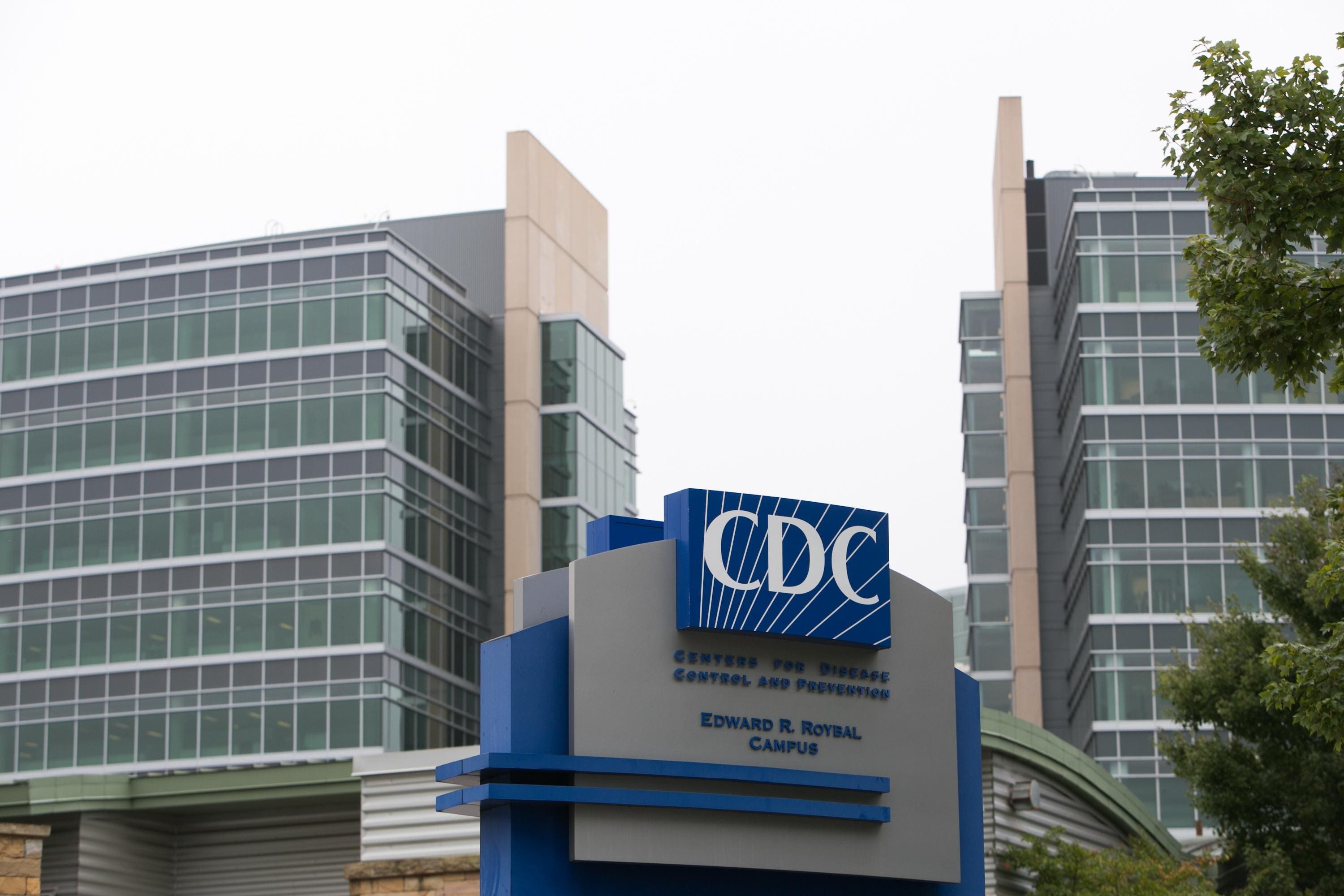
Topline
With millions of Americans expected to travel over the holidays, Covid levels have once again rebounded, hitting their highest levels since last December in parts of the country, according to wastewater data analysis from the Centers for Disease Control and Prevention, as the country grapples with the spread of the JN.1 strain.
Key Facts
The CDC lists 23 states as having “very high” levels of Covid, according to wastewater data, primarily in the Northeast, Midwest and upper Great Plains (Arkansas, Delaware, Idaho, Illinois, Indiana, Iowa, Maine, Maryland, Massachusetts, Michigan, Minnesota, Missouri, Montana, Nebraska, New Hampshire, New Jersey, North Carolina, Ohio, South Carolina, South Dakota, Vermont, West Virginia and Wisconsin).
Another 12 states are considered to have “high” levels of Covid, including Alabama, Arizona, California, Colorado, Kansas, Nevada, New York, Rhode Island, Tennessee, Texas, Utah and Virginia.
In the Midwest, a recent hotbed for Covid, the viral activity level from wastewater data—the measure of how recent virus measurements deviate from national baseline levels—jumped to 10.55 in the week ending Dec. 9, putting it above the Northeast (9.45), South (7.26) and West (5.24).
The national level stands at 8.2, according to the CDC, after dipping to around 1 in the early summer.
The rise in cases comes as the JN.1 strain—an offshoot of the most highly mutated “Pirola” (BA.2.86) omicron variant—spreads rapidly around the world and becomes the fastest-growing Covid variant in the U.S., though Covid-related emergency department visits and deaths remain low, according to the CDC.
While high Covid levels detected in wastewater do not necessarily translate to more severe cases or hospitalization, it can serve as a sign of things to come.
Dr. Peter Chin-Hong, a University of California San Francisco infectious disease expert, told the Los Angeles Times this week that rising viral levels seen in wastewater analysis serves as the “canary in the coal mine,” saying he is “worried that it’s going to translate into hospitalizations around Christmastime.”
Key Background
The World Health Organization listed JN.1 as a “variant of interest” in a report this week, warning the omicron offshoot has exhibited “rapidly increasing spread” worldwide, and makes up the “vast majority” of BA.2.86 cases. The CDC has also warned earlier this month the JN.1 strain was the “fastest-growing variant” in the U.S., making up between 15% to 29% of Covid cases in the country. Covid cases have now climbed back to levels seen last winter throughout the country, following a summer lull, according to wastewater data from the CDC. The rise in cases also comes as Americans remain reluctant to receive the most updated booster shots, despite new boosters becoming available in October and the CDC’s recommendation for people six months and older to receive the most updated vaccine ahead of the fall and winter. While roughly 81.4% of Americans (270.23 million) have received at least one dose of the vaccine, only 17% have received the updated bivalent booster shot, according to CDC data.
Tangent
The rise in cases also comes as millions of Americans are expected to hit the road for the holidays. AAA expects approximately 115 million Americans will travel over Christmas and New Year’s this year, a 2.2% increase over 2022, making this year the second-biggest for holiday travel since 2000. AAA expects 90% of those travelers (roughly 103.6 million) to take a car, with another 7.51 million taking to the skies and roughly 4.05 million using other means of transportation.
Further Reading
JN.1 Covid ‘Variant Of Interest’ Spreading Fast In U.S. — Here’s What To Know (Forbes)
